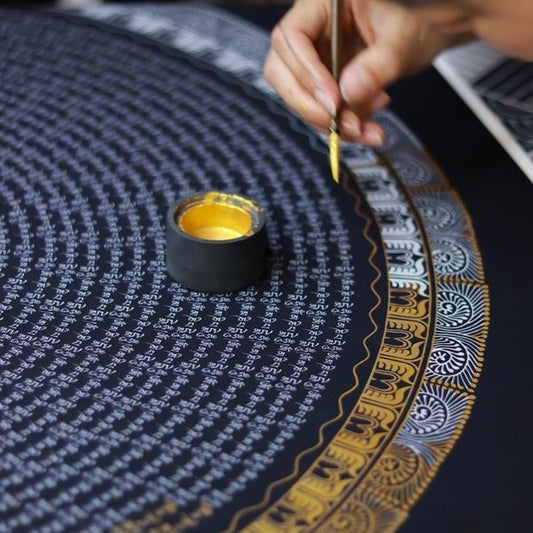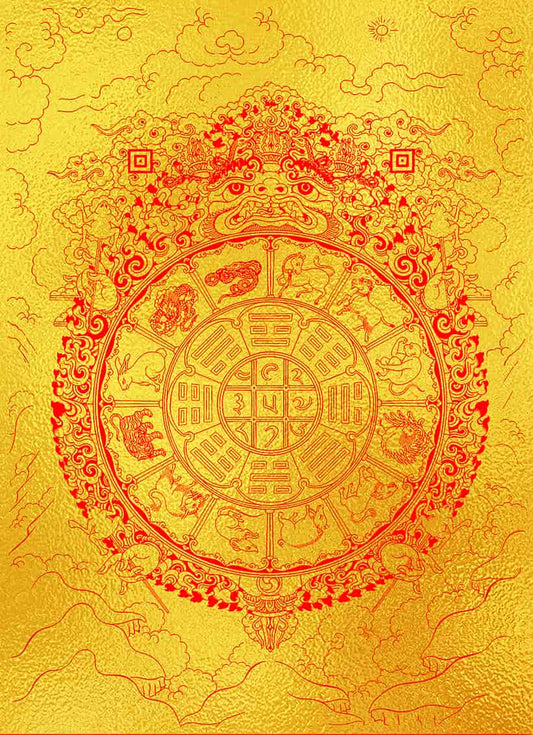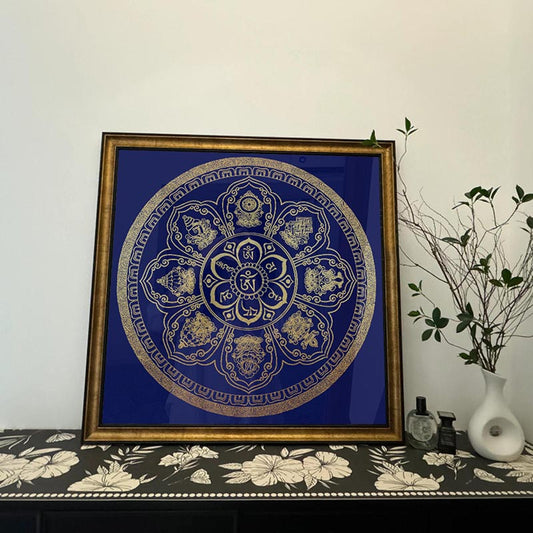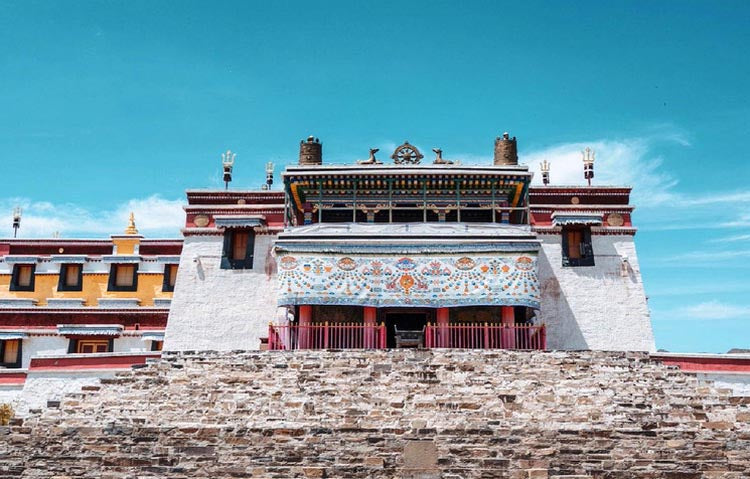Dalai Lama Thangka Threads of Reverence and Artistry
Dalai Lama Thangka Threads of Reverence and Artistry
There’s a certain serenity that comes over me when I gaze upon a thangka depicting the Dalai Lama. Perhaps it's the harmonious blending of vivid colors and delicate brushwork or the way the piece captures beyond what is visible — a spiritual essence, a lineage of wisdom cascading through generations. Thangkas are more than mere paintings; they are visual narratives, each stroke a page in the history of Tibetan Buddhism.
Creating a thangka is an act of devotion, especially when it centers around a figure as revered as the Dalai Lama. The painter must be deeply attuned to both the artistic process and the spiritual significance. This involves using traditional pigments derived from natural minerals and plants, ensuring that each color radiates life. For instance, the radiant blue often used in the backgrounds and garments is made from crushed lapis lazuli, while reds may come from cinnabar. These colors are not chosen arbitrarily; they hold symbolic meanings, reflecting qualities such as compassion, wisdom, and strength. The dedication to these authentic materials speaks volumes about the love artists have for their craft and their respect for tradition.
Interestingly, the creation of a Dalai Lama thangka is rooted deeply in ritual. Each piece begins with a blessing, inviting the divine presences to guide the artist's hands. The dimensions and proportions are meticulously defined, often referencing ancient texts that dictate perfection. This precision is more than aesthetic; it's about preserving the spiritual integrity of the image. The Dalai Lama, being a figure of enlightenment, deserves nothing less than perfection in representation. His likeness requires the artist to delve into the depth of their own spirituality, transferring that energy onto the canvas.
Another fascinating angle is the cultural journey of these thangkas. Over centuries, they've acted as bridges between the Tibetan spiritual world and the curiosity of the West. In recent years, there's been a growing interest in the West in collecting and preserving these works of art. But it's essential to approach them with the reverence they deserve, understanding that they are not just decorative pieces but powerful spiritual tools meant for meditation and reflection.
While the Dalai Lama thangka is intricately tied to Tibetan culture, it also holds universal appeal. It invites us to ponder universal themes — compassion, peace, and enlightenment — and it encourages us to pause and reflect amidst the chaos of modern life. These thangkas remind us that even in our fast-paced world, there is value in patience, in process, and in the beauty of tradition.
Perhaps that's why, as I sit and admire these sacred scrolls, the world outside seems to fade away. The Dalai Lama thangka invites us not just to look, but to truly see. It's an open door to a lineage of wisdom, asking us to step through thoughtfully and respectfully. These paintings carry stories not only of a revered spiritual leader but of the artists whose hands brought them into being, preserving a beautiful thread of cultural heritage for generations to come.





